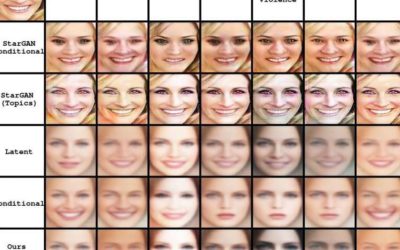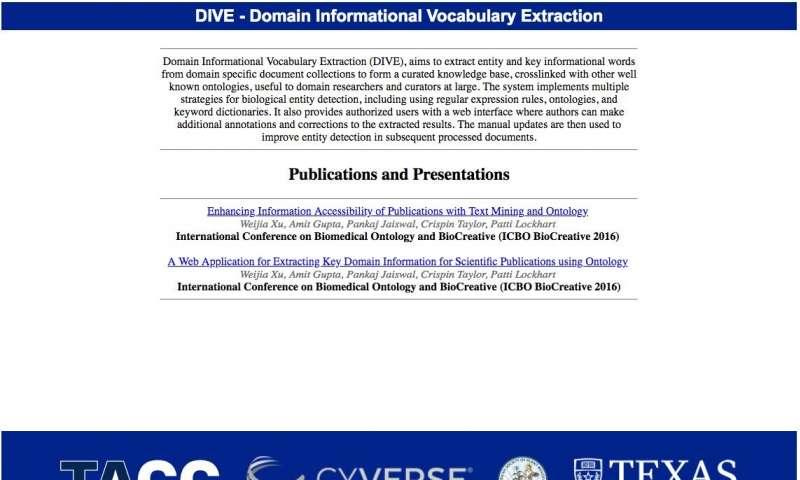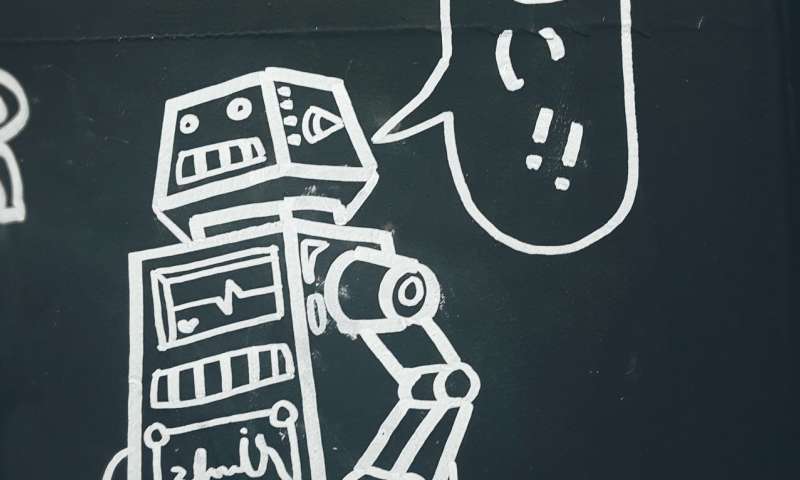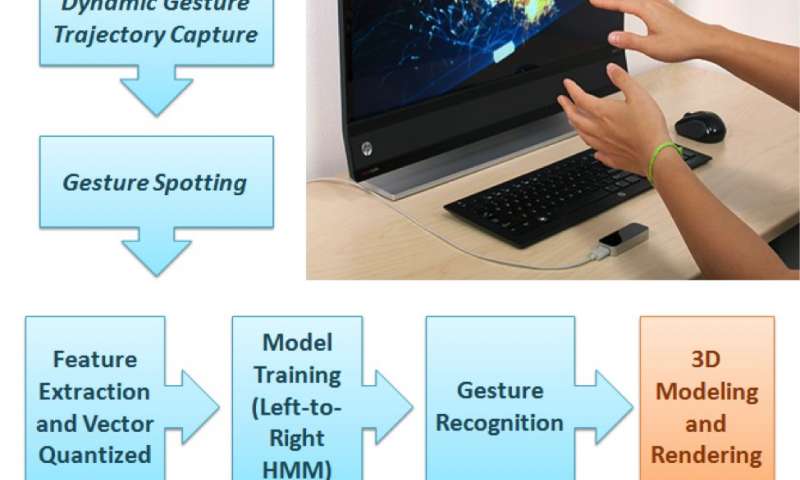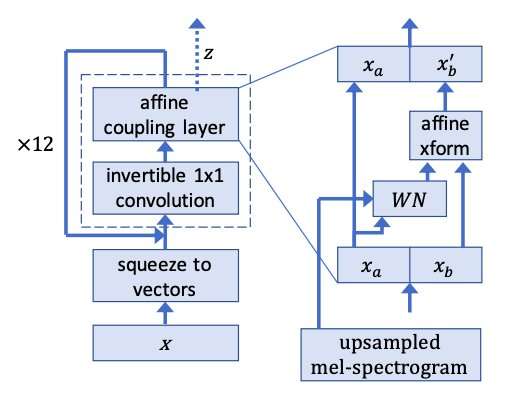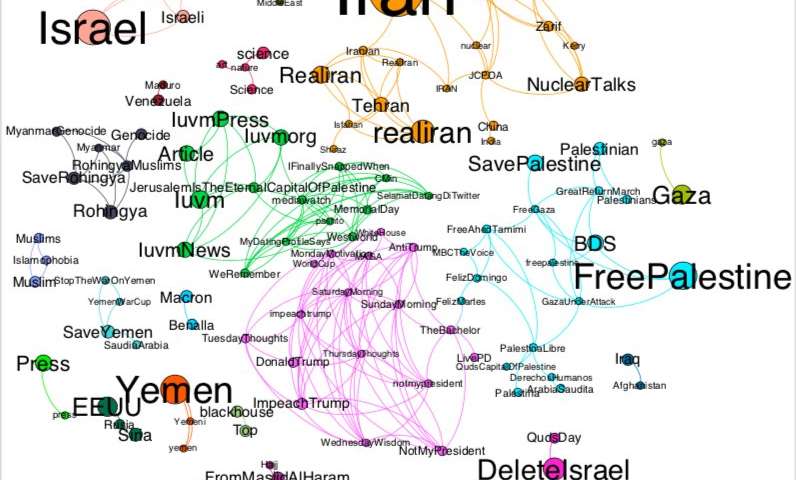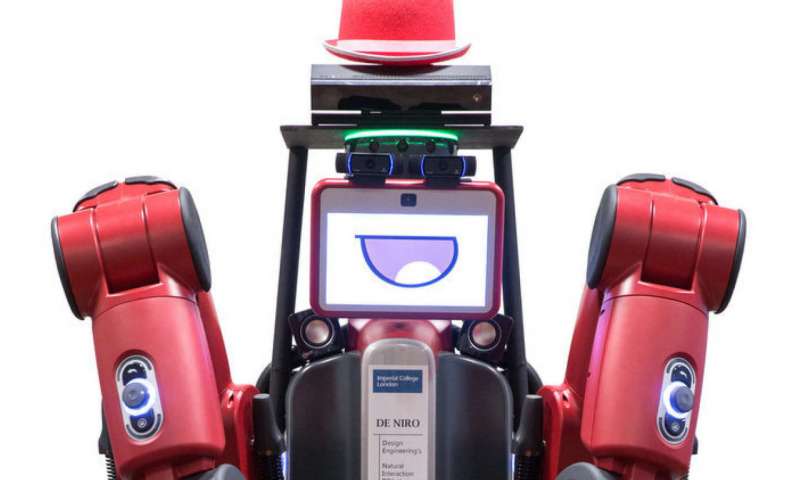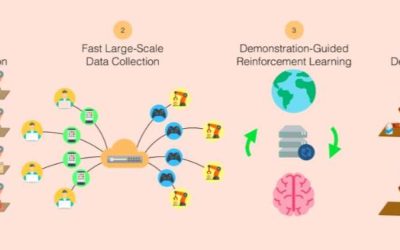Researchers from the University of Pittsburgh have recently developed a conditional variational autoencoder that can produce unique faces for advertisements. Their study is grounded on their previous work, which explored automated methods of better understanding...
TECHXPLORE
A web application to extract key information from journal articles
Academic papers often contain accounts of new breakthroughs and interesting theories related to a variety of fields. However, most of these articles are written using jargon and technical language that can only be understood by readers who are familiar with that...
Using multi-task learning for low-latency speech translation
Researchers from the Karlsruhe Institute of Technology (KIT), in Germany, have recently applied multi-task machine learning to low-latency neural speech translation. Their study, which was pre-published on ArXiv, addresses some of the limitations of existing neural...
Using photoplethysmography signal for mathematical modeling of arterial blood pressure
A team of researchers at the University of Texas at Arlington and the University of Texas Southwestern have recently developed a new method to estimate systolic (SBP), diastolic (DBP), and mean (MBP) blood pressure waveforms from photoplethysmography (PPG) signals....
Visual rendering of shapes on 2-D display devices guided by hand gestures
Researchers at NIT Kurukshetra, IIT Roorkee and IIT Bhubaneswar have developed a new Leap Motion controller-based method that could improve rendering of 2-D and 3-D shapes on display devices. This new method, outlined in a paper pre-published on arXiv, tracks finger...
WaveGlow: A flow-based generative network to synthesize speech
A team of researchers at NVIDIA has recently developed WaveGlow, a flow-based network that can generate high-quality speech from melspectrograms, which are acoustic time-frequency representations of sound. Their method, outlined in a paper pre-published on arXiv, uses...
Who let the trolls out? Researchers investigate state-sponsored trolls
Over the past few years, journalists and politicians have often highlighted the presence of state-sponsored online trolls with the mission of swaying public opinion on particular issues. Researchers at Cyprus University of Technology, UCL, University of Alabama at...
Remote sensing techniques could improve electrification planning in Zambia
Researchers at the Reiner Lemoine Institut in Berlin have effectively used remote sensing techniques to detect a sample of Zambian villages that are without electricity. Their study, recently published on Springer's Proceedings in Energy book series, highlights the...
Robot DE NIRO: A robotics platform for human-centered interactions
In the future, robots could play a key role in healthcare settings, easing the lives of the elderly and assisting vulnerable individuals. Researchers at Imperial College London have recently created Robot DE NIRO, a robotics research platform that could support...
RoboTurk: A crowdsourcing platform for imitation learning in robotics
Imitation learning is a branch of machine learning that trains machines to mimic human behavior while completing particular tasks. These techniques show great promise in the field of robotics, as they tackle some of the shortcomings of reinforcement learning, such as...

